Wine Enthusiast |
| Posted: 26 Aug 2021 04:30 AM PDT  Even if you don't enjoy beer, it's hard to miss the ever-growing selection of craft brews at your local corner store, supermarket and bar. According to the Brewers Association (BA), an industry group of mostly small, independent brewers, there are more than 8,000 craft breweries in the U.S. Nearly 4,000 of them opened between 2015–2020. As the market grows, what does it mean for a business to call itself a craft brewery? There's no legal definition of the term. So, who determines who gets to be "craft," then? 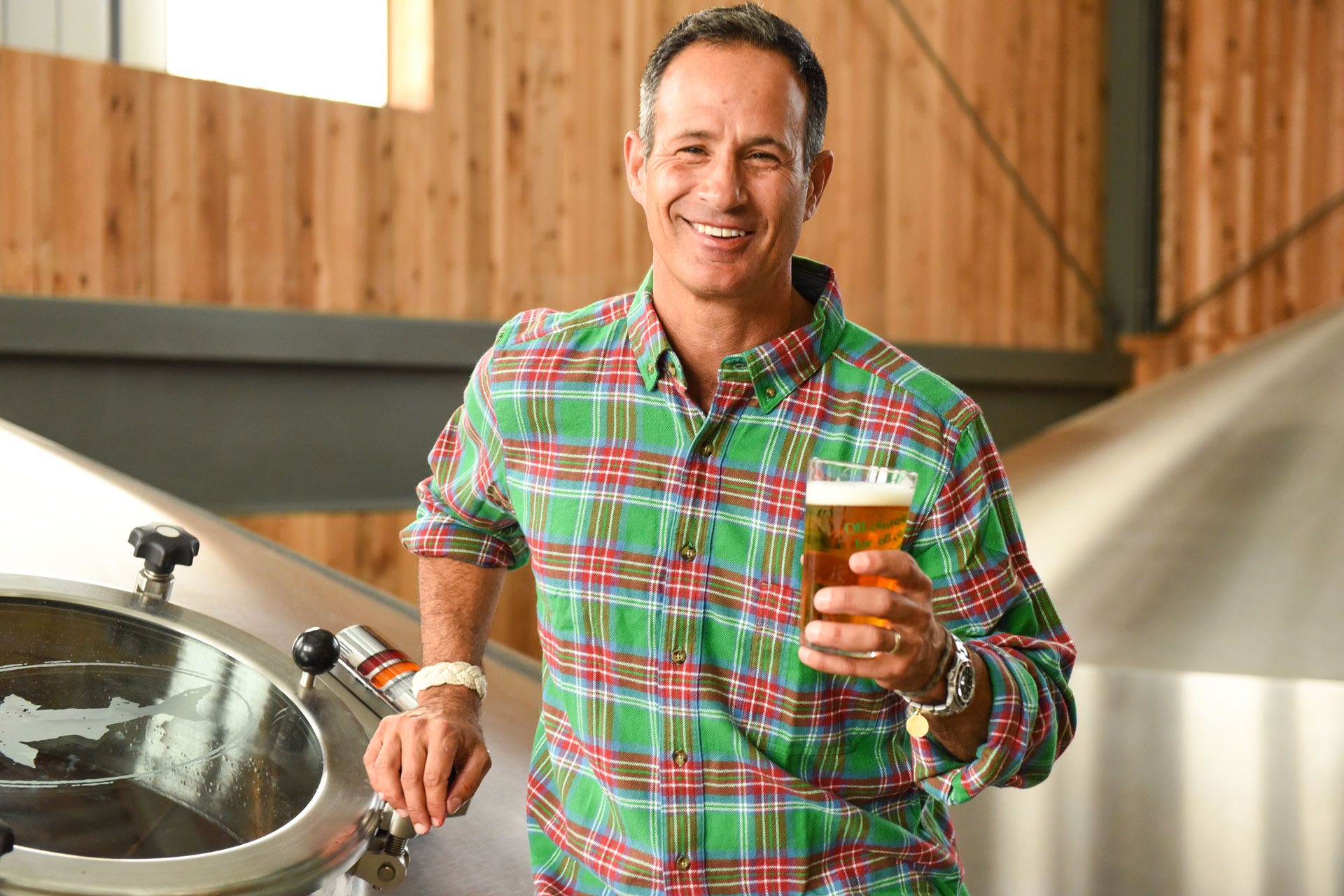 The History of the Term 'Craft Brewery’The BA formed as a not-for-profit trade group to help small brewers navigate the industry. It defines a craft brewer as one that produces no more than six million barrels of beer per year, employs a brewer certified by the Alcohol and Tobacco Tax & Trade Bureau (TTB) and has less than 25% of its business owned or controlled by an alcohol producer that doesn't meet those other criteria. Beer must also be its primary business. To create such guidelines was a "slow evolution and development," says Paul Gatza, senior vice president of professional brewing at the BA. "The very first use of the word 'craft,' in relation to a brewery, was in 1984 in New Brewer magazine, our publication," says Gatza. Sam Calagione, founder and president of Dogfish Head Craft Brewery, was on the BA's board when it defined the classification. “We were very intentional with our decision to define a craft brewery, instead of trying to define a craft beer," he says. "I always say, 'Beauty is in the eyes of the beer-holder.' Beer is a very subjective thing." The BA's definition of craft beer has gone through several changes. In 2010, the BA updated its definition from producing two million barrels to six million barrels, largely to accommodate the growth of Boston Beer Company, the largest independent craft brewer in the U.S. Boston Beer Co. later acquired Dogfish Head in 2019.  In the mid-2000s, "we started seeing a little more in the way of large brewers buying up small brewers," says Gatza. Ballast Point Brewing Company was originally a craft brewery until it was acquired by Constellation Brands in 2015. Shock Top, which billed itself as "America's fastest-growing craft beer" in 2014, is owned by Anheuser-Busch InBev, the world's largest brewer. These brands are no longer craft breweries as defined by the BA, but they can still market themselves as such because there's no legal definition of the term. In 2017, the BA created a seal that qualified brewers can put on their labels to signify they're an independent brewery. "We are seeing growth in the awareness among customers of that independent seal," says Gatza. "I don’t really think it makes a huge difference yet in purchasing decisions. But it is growing in awareness." In 2020, beer sales from independent craft breweries made up 12.3% of America's beer market. Gatza says that there are pragmatic, logistical implications to smaller-sized operations. "Large brewers have significant advantages when it comes to access to the market," he says. They have wholesaler networks that allow ample shelf space, and they can place bigger orders for ingredients and packaging materials. Orders from larger companies often have higher priority from suppliers. But being a "craft brewer" is more than just the label. It means something different to each establishment.  Modern Craft BeerPrior to Prohibition, there were many independent breweries in the United States. "This is a renaissance, not a revolution," says Calagione of the modern craft brewing scene. But beers from those early American brewing operations were quite different from modern craft stalwarts. The Reinheitsgebot, or German purity law, was created more than 500 years ago. It declared beer could only be made with water, hops and barley. Yeast, which hadn't yet been discovered, was later added to the list. Over the last few centuries, this German law dominated the beer world. Calagione smiles when he calls it the first act of "art censorship." "In the late '90s, I’d go to [beer] festivals, and a majority of the drinkers would laugh at me or get mad at me for putting these crazy ingredients or inappropriate ingredients in beer," he says. "And now, flash forward to today. You walk into any awesome little tasting room or brewery in America, and they’ve got fruited sours and pastry stouts." 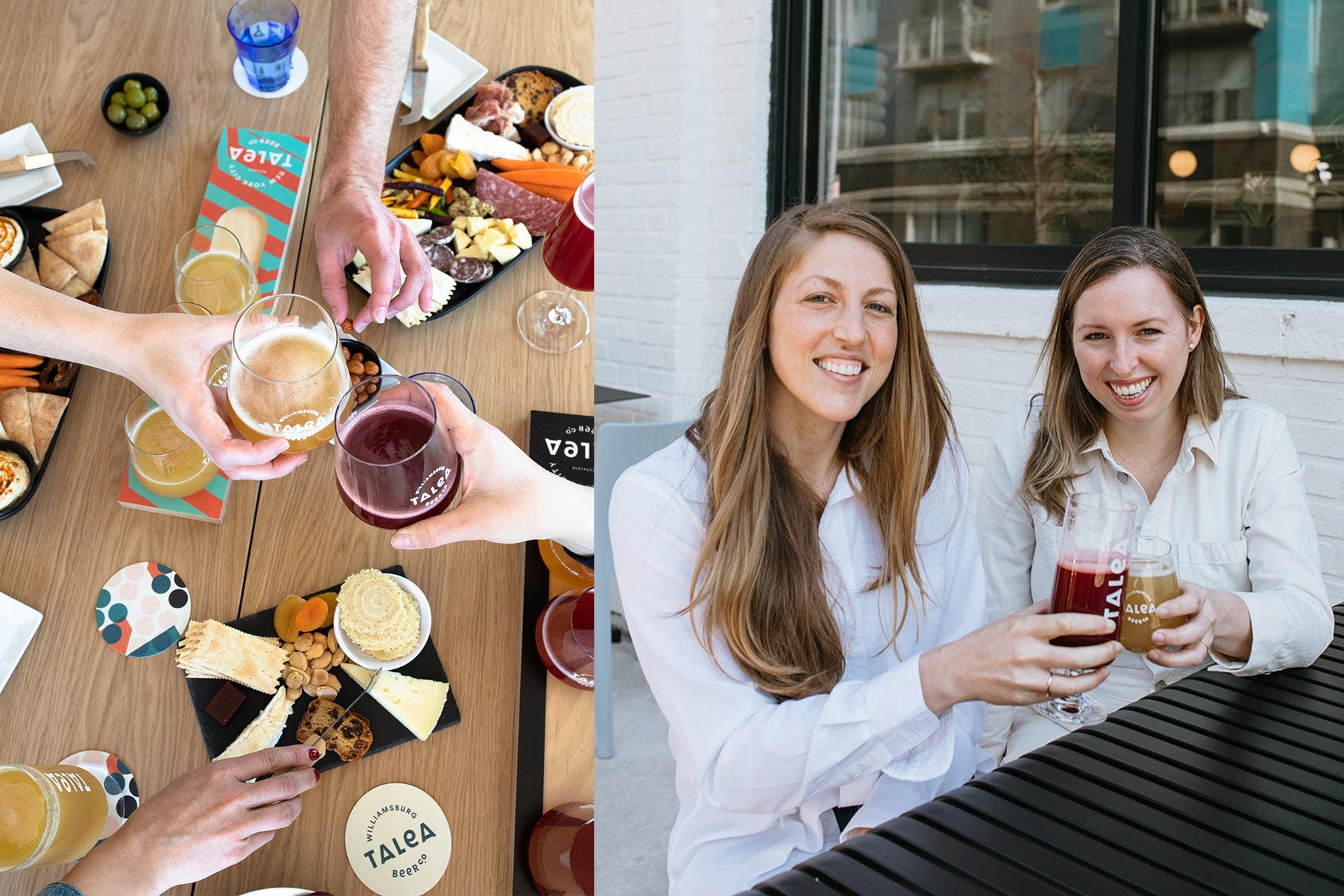 Craft Breweries and the Evolving Taproom CultureAccording to the BA, the average American lives within 10 miles of a craft brewery. But that wasn't always the case. Prior to 2013, "there wasn’t really a taproom culture in New York City," says Basil Lee, cofounder of New York City-based Finback. "Brooklyn Brewery had a little taproom, and you can do tours and things, but it wasn’t quite the same idea of going to a brewery on the weekend [and] bringing your family and your dog." Lee says between 2013–2015, there was a large "boom" of craft breweries that opened around New York City. Finback has two locations, the first which opened in Queens in 2013. "I think we all had the same idea, which is that we saw the craft beer movement, everywhere else in other cities, and it wasn’t really happening here yet," says Lee. But as more breweries opened, that started to change. "We're going back to where a local craftsman brewery is just a fabric of every local community," says Calagione. 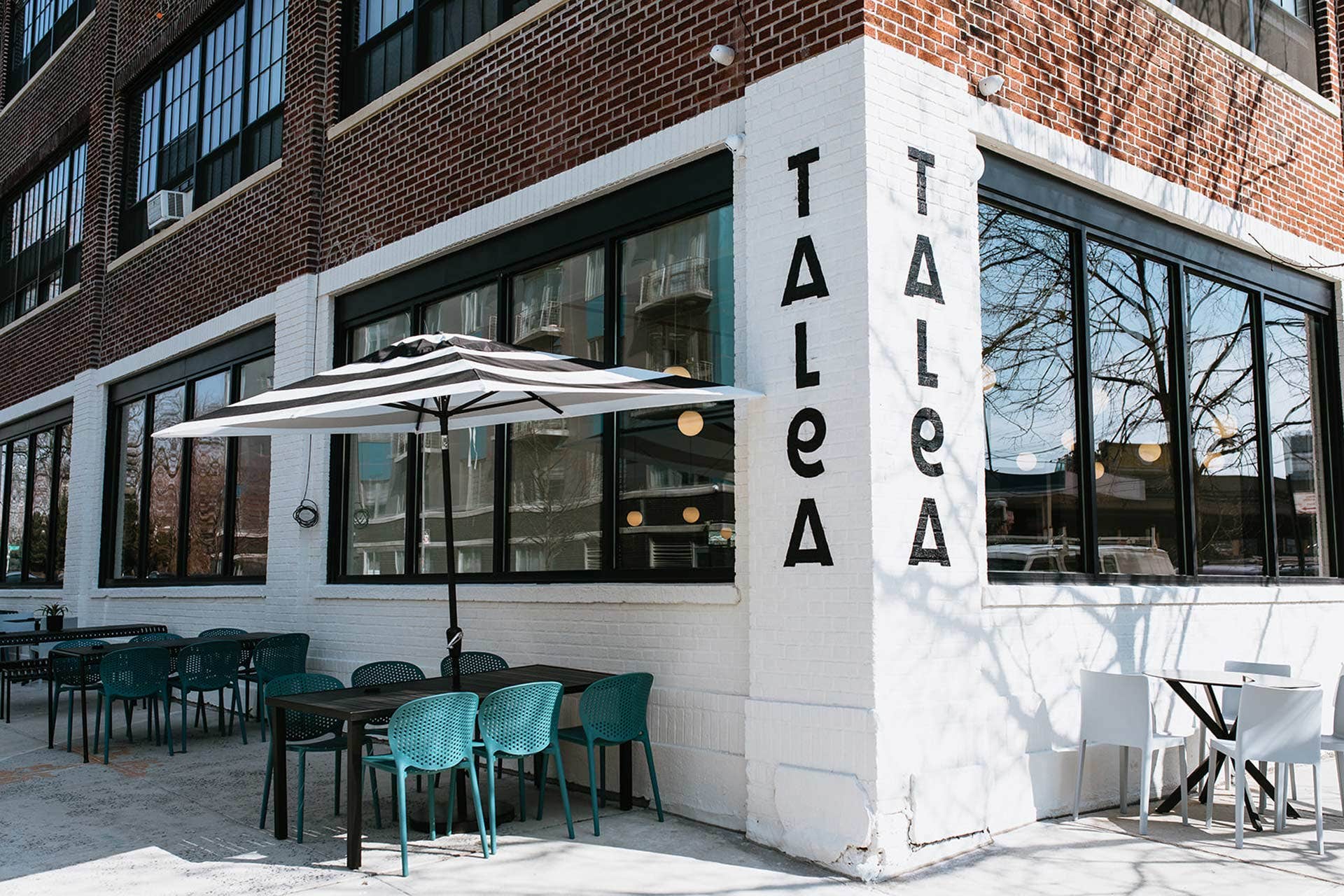 Jeff McCullor, cofounder and marketing director at Erie Ale Works in Pennsylvania, says that breweries not only give locals a hangout spot, but a way for travelers to get to know the community. "You take a trip to city XYZ and you stay at a hotel and go to the bar, and they’ve got Bud Light, Coors Light [and] Miller Light on draft, and that's it," says McCullor. "People have had those beers. What’s so great about that city?" Brewers Tara Hankinson and LeAnn Darland want to make craft taprooms more inviting to more people. Hankinson, cofounder and co-CEO of Talea Beer Co., entered the beer world after she worked for a summer at New York's Wölffer Estate Vineyard. Darland fell in love with beer while she served in the U.S. Navy and was stationed in San Diego. The two met in 2018, and two years later, they opened the doors to their brewery in Brooklyn, New York. "Women are the fastest-growing market in craft beer that no breweries are really catering to," says Hankinson. "And if they are, there’s a lot of pandering to the female consumer. We have had a lot of potential investors ask us if 'you’re going to become the 'Skinny Girl' of beer.' And we said 'No, absolutely not.'" According to Hankinson, Talea's weekly customers are 70% female.  To Craft or Not to CraftWhile some breweries may fit BA's definition of "craft," not all use that term. However, most stress the importance that customers understand there's a person behind everything they serve. "We hold ourselves to a very high standard," says Hankinson. "Our definition of craft doesn’t really match the national landscape in how 'craft' is defined. To me, craft means locally made within the metropolitan area of your predominant market." McCullor feels similarly. "I rarely call our stuff 'craft beer' in our branding and in our marketing," he says. "I always just call it 'local beer.' But it’s still important. And people need to understand that it takes a person with a set of hands that knows what they’re doing to make this product." 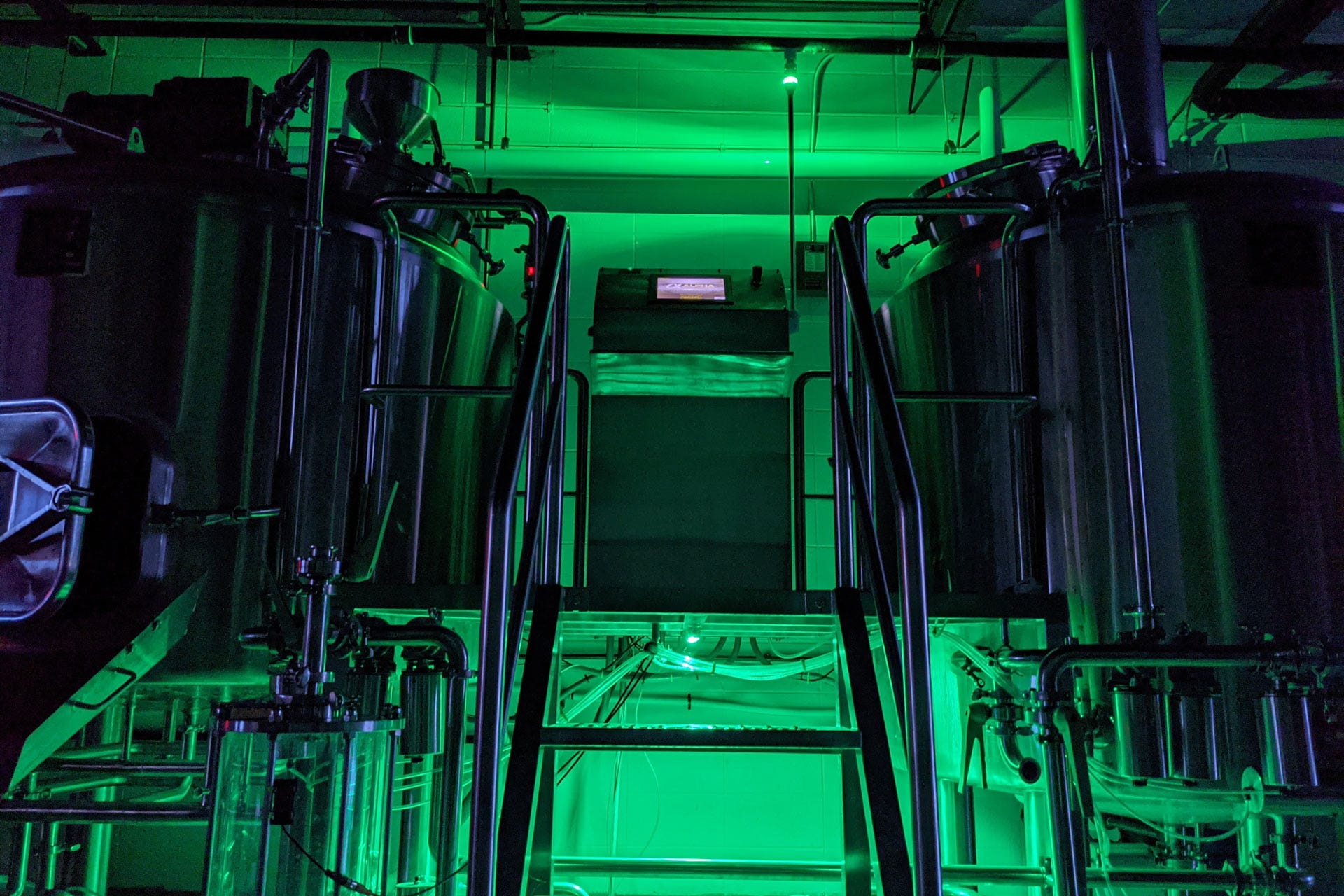 Finback defines itself as a craft brewery and is part of the BA. But Lee goes beyond the definition. He says that one of the most important aspects of any independent brewer is that "the people making the beer and coming up with the ideas also have a stake in running the business and making decisions." Lee also says that craft breweries drive a culture of quality over quantity, not just treating beer as a "mass-market commodity." Dogfish Head displays the BA's seal on its beers. "We feel that definition shows this is a group [who] approaches brewing as a craft first and business second, and is more passionate, frankly, about liquids inside the bottle," says Calagione. Or, as McCullor puts it, "When people come into my town, I want them to try my beer." |
| Understanding Clay Soils in Wine Posted: 26 Aug 2021 04:00 AM PDT  Found everywhere from Napa and Bordeaux to Barossa, Australia, clay has certain traits that make it ideal for grape-growing. Like all soils, however, the success of clay in the vineyard depends on myriad climatic conditions. Like sand or silt, clay is a composite of igneous, sedimentary and metamorphic rocks. Sand is the coarsest, with particles that measure approximately two millimeters across, according to Alex Maltman, author of Vineyards, Rocks, and Soils: The Wine Lover’s Guide to Geology. "Finer ones are called silt, and the very finest clay," Maltman writes at GuildSomm.com. Due to this fine-grained texture, clay retains more water than sand or silt. This is especially useful for winemakers in hot, dry climates.  "On the winemaking side, I can't think of any negativity to clay," says Sam Parra, proprietor of Parra Wine Co. Clay soils tend to be rich in nitrogen, he says, which benefits wines in several ways. "Grapevines use nitrogen to build essential compounds, including proteins, enzymes, amino acids, nucleoid acids and pigments," says Parra. "This is great for winemakers. The vineyard is healthy, and the fruit comes in near perfect where minimal additions in winemaking are needed." Clay soils also provide the potassium that vines need to form sugars and starches, says Parra, and phosphorus to encourage bud initiation. "This is really good for minimal-intervention winemaking," he says. Plus, because clay retains water, it maintains cool, consistent temperatures below the vine. That’s helpful in sunny vineyards, where fruit might otherwise ripen quickly and lose acidity. 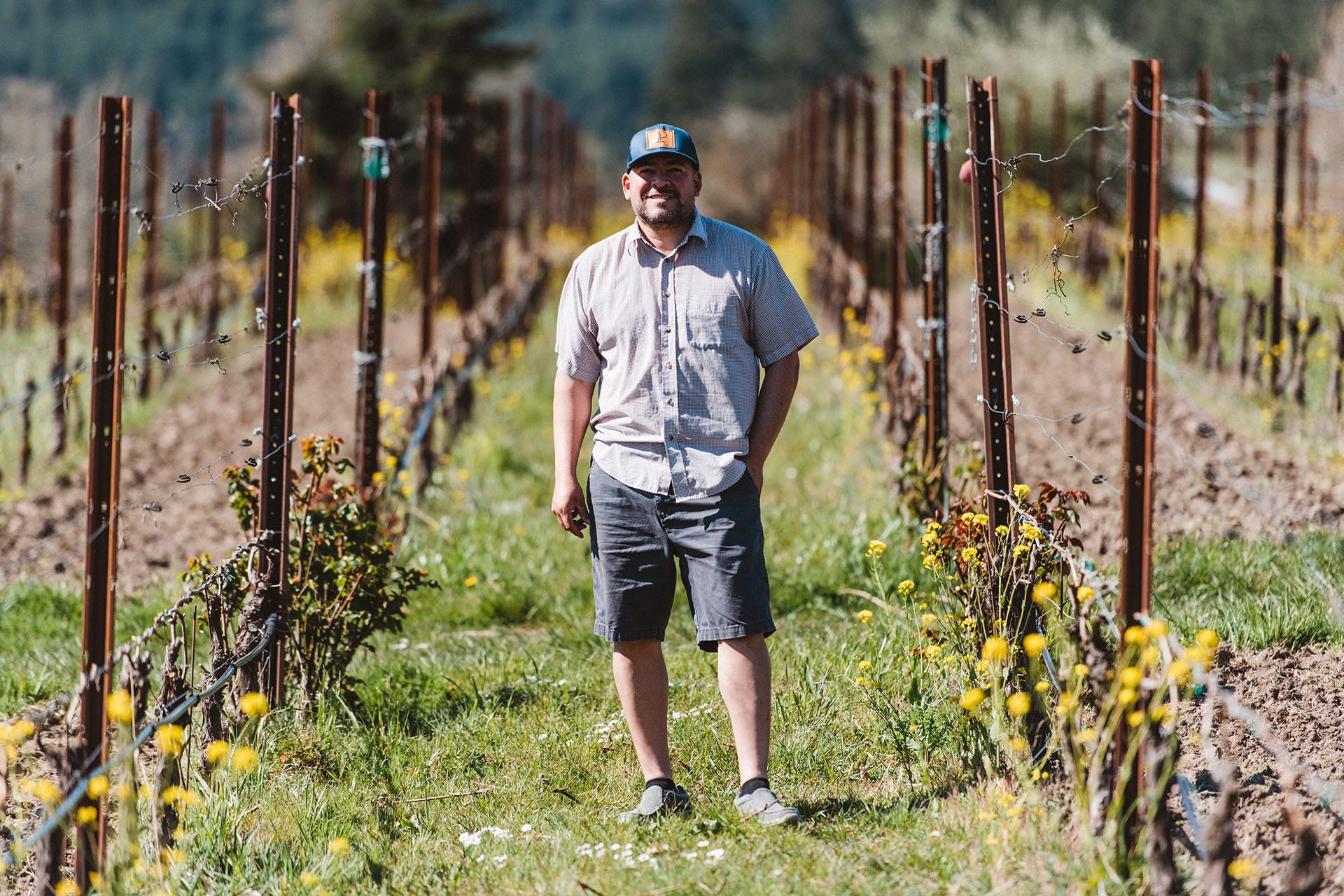 On the other hand, clay soils have poor drainage. In maritime microclimates and areas with ample rainfall, grape vines grown in clay can become waterlogged. Clay is heavy, too, and requires more labor. "On the viticulture side, clay makes me think of the long hours my uncle and grandfather would put in," says Parra, whose relatives worked in vineyards in Napa Valley. Clay soil can strain tractor discs, he says.  Some wine professionals believe clay best serves grape vines in conjunction with other soil types. "An excess of clay can stifle the vine's root system, but a proportion of small clay particles mixed with other soils can be advantageous," writes Tom Stevenson, author of The Sotheby's Wine Encyclopedia, in a post on TimAtkin.com. World-renowned wines hail from such soils. Tempranillo is grown in limestone-clay soils in Rioja and Ribera del Duero, Spain; as is Pinot Noir in Vosne-Romanée, Bourgogne. In Bordeaux, Pomerol has a mixture of gravel, sand and clay. Napa and Barossa Valley also have notable clay vineyards. "Some of the most significant domestic Syrahs and Merlots I've ever had were grown in Carneros in a type of clay called Diablo," says Parra. "Clay produces powerful wines, but still with finesse." |
| You are subscribed to email updates from Wine Enthusiast. To stop receiving these emails, you may unsubscribe now. | Email delivery powered by Google |
| Google, 1600 Amphitheatre Parkway, Mountain View, CA 94043, United States | |


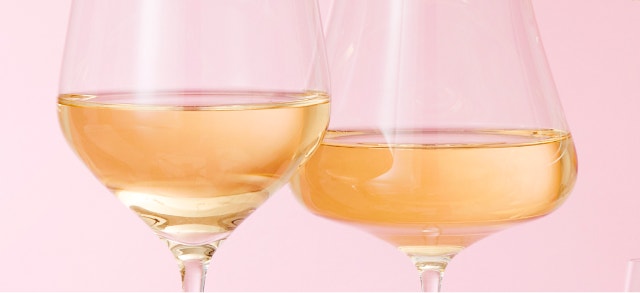














0 comments:
Post a Comment